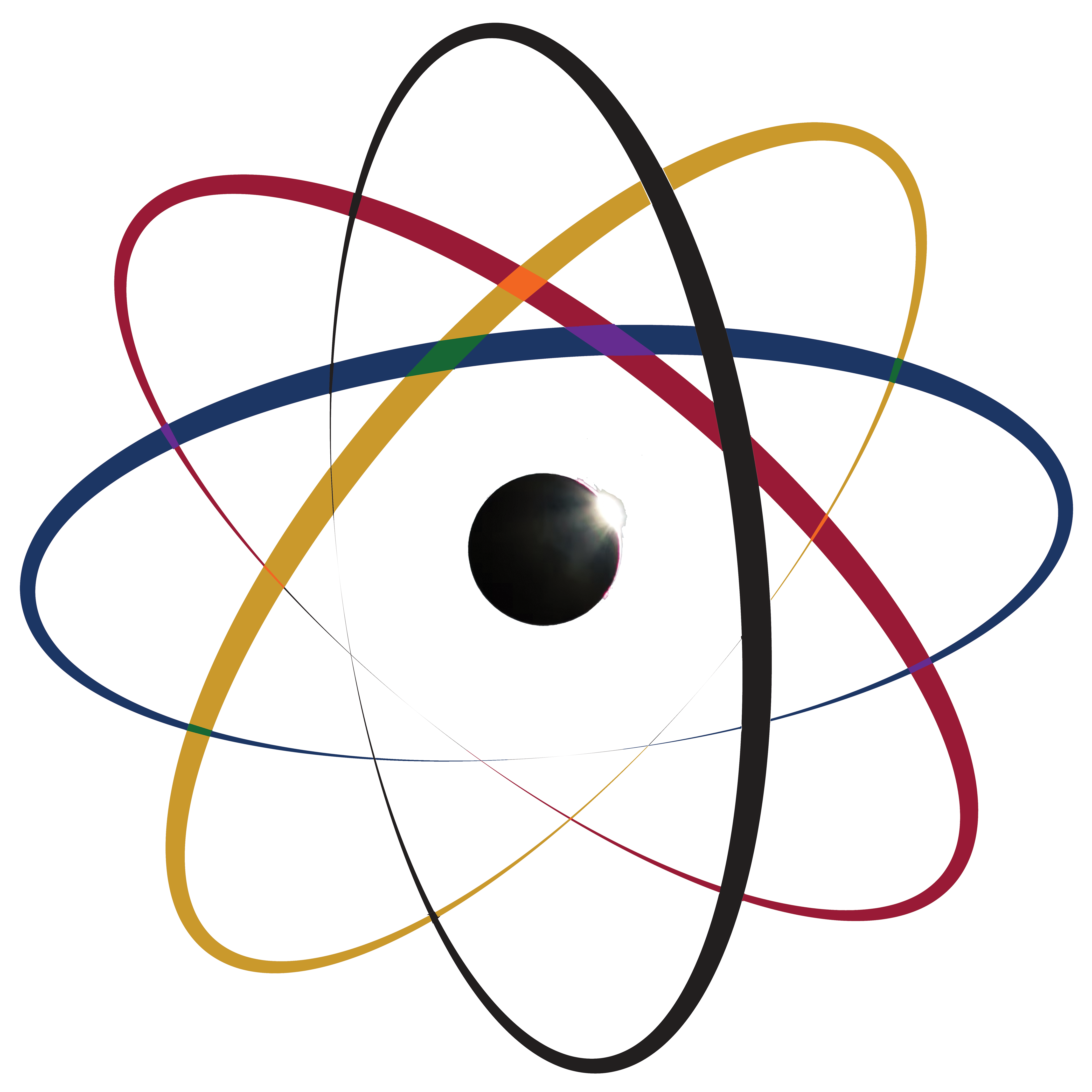The brains of bees are comprised of 960,000 neurons and are the size of a sesame seed. The human brain is 20,000 times bigger, and therefore insects were thought to have constrained neural processing capabilities in comparison. But 100 years ago, Nobel Laureate, Karl von Frisch changed this mindset: he showed that bees indeed have colour vision by training honeybees to collect a sucrose sugar solution associated with coloured cards, and they continued to return to the same coloured cards in the absence of sucrose. Since then, we’ve learned that bees can even perceive ultraviolet wavelengths, which are beyond what we can see.






